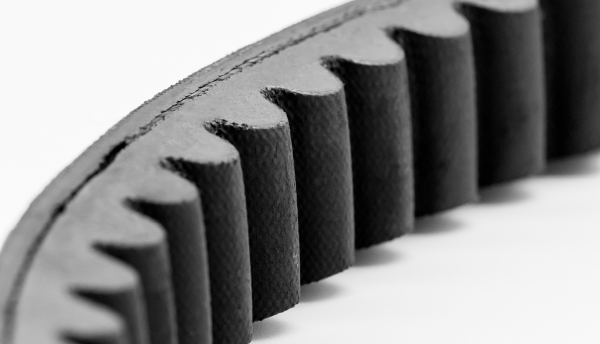
The Renault-Nissan Alliance has announced that it has generated over EUR4 billion (USD4.4 billion) in annualised synergies in 2015, while setting a target of EUR5.5 billion in synergies in 2018. In order to achieve the goal, Renault-Nissan will strengthen synergies in four core divisions of Engineering, Manufacturing Engineering and Supply Chain Management, Purchasing, and Human Resources (HR). The alliance plans to partly converge its Quality and Costing departments to support the original four converged functions. It will also explore better synergies in product planning, sales & marketing, aftersales and other support functions. Renault-Nissan will study further opportunities to enhance synergies and present these convergence projects to the concerned decision making bodies and employees representatives by the end of this month.
In 2014, The Renault-Nissan Alliance began pooling resources, something that up to that point they had struggled to achieve. The CMF architecture, unveiled in June 2013, has been one of the key drivers of savings for the Alliance. The Common Module Family (CMF) system continues to drive synergies in all major areas, from purchasing to vehicle engineering and powertrains, allows Renault and Nissan to build a wide range of vehicles using a smaller pool of common parts. While smaller vehicles are based on CMF-A architecture, mid-size and large-size vehicles use CMF-B and CMF C/D architecture, respectively. Nissan was the first partner in the Alliance to use the new architecture (CMF-C/D) to launch Rogue sport-utility vehicle (SUV) and in the United States and X-Trail crossover in China in 2013.
CMF also has the potential to generate further synergies, as more and more vehicles move to the architecture. The Renault-Nissan Alliance expects 70% of its vehicles to be built on CMF architecture by 2020.
Apart from higher synergies through launching more vehicles on CMF architecture, the Renault-Nissan Alliance expects to benefit from cross production. The Alliance has implemented Alliance Production Way (APW) across its all plants operated by Renault and Nissan as a means of allowing cross production. Nissan, for example, commenced production of Rogue at Renault’s plant in Busan, South Korea, in 2014.
Renault-Nissan plans to adopt this manufacturing method over the next few years. This mixed-model manufacturing approach will then be incorporated at facilities in more than 10 countries by 2020, including those belonging to the Alliance's Russian affiliate AvtoVAZ. By using common parts, Nissan and Renault will not only benefit from parts procurement in bulk but will also be able to manufacture cars with different designs on the same assembly lines. But as the Alliance increases its target for synergies even further, suppliers will wonder how this target will affect them.
Joint production would also make cross-geographic expansion easier. For instance, Renault can leverage Nissan's strong presence in Asia and North America, while Nissan can do the same in Europe and the Middle East where Renault's plants are concentrated. A similar realignment can help the partners address overlap and boost their R&D capabilities by sharing know-how and integrating progress on cutting-edge technologies such as fuel-cell vehicles, electric vehicles, and self-driving cars.
Formed in 1999, the Renault-Nissan Alliance includes Renault, Nissan and Russian automotive brand AvtoVAZ. The alliance sold 8.53 million vehicles in 2015. The alliance is betting on higher annualised saving through integrating more divisions and sharing resources. It began converging the key functions of engineering, manufacturing and supply chain management, purchasing and HR in April 2014. The convergence includes integrating divisions, creating common process and sharing resources including employees. These key functions are jointly managed by Renault and Nissan, with the help of a new appointed Alliance Executive Vice President leading each function, and a new management committee to oversee implementation.








